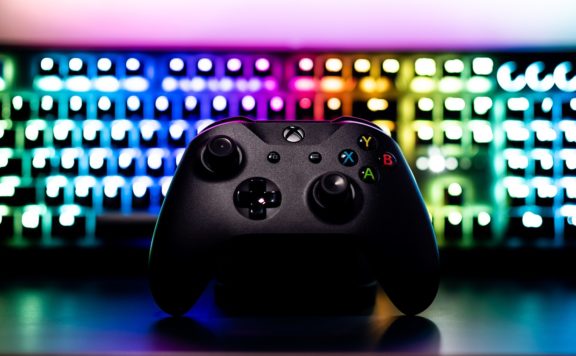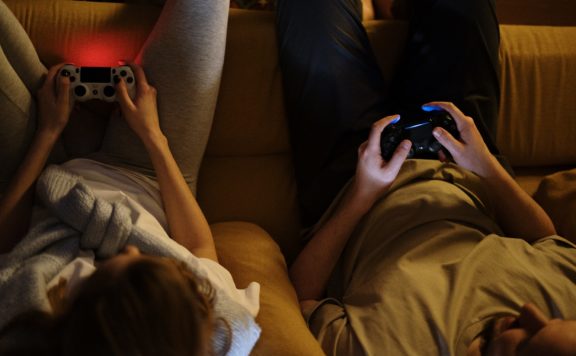The world of technology is liquid in all its forms, with new innovations and exciting developments seemingly being introduced to a wider public all the time.
As far as video gaming is concerned, in the past decade or so alone, we have witnessed the incredible rise of mobile gaming, while the popularity of competitive eSports games such as Fortnite and CS:GO has caused a seismic shift in how the gaming community engages with their favourite titles and one another, for that matter.
It’s always dangerous to make tech-based predictions – 1980s movie Back to the Future thought we’d all be riding hoverboards to college and work by now but the next couple of years could see another tech development that might just change the way in which we play: the Internet of Things (IoT).

What is the Internet of Things?
The concept behind IoT is to connect devices and appliances together using smart sensors and local networks, a sort of convergence between our physical and digital worlds.
Basically, it brings together devices that are Internet-enabled with those that aren’t. Those without web access are embedded with technology that allows them to ‘communicate’ with those that are, creating a dynamic network that, together, can achieve some remarkable feats.
This, in itself, will aid connectivity and data sharing, which is an exciting development that could enhance healthcare provision, security, and logistics to name just three industries.
In fact, it’s already widely used today: think of those security-style apps where you can see who is on your property via a camera that is linked via IoT to your smartphone or tablet.
The Internet of Things is an apt name because it will bring ‘things’ together and create more dynamic relationships between humans and their devices, as well as facilitating more efficient device-to-device communications.
IOT has actually been around for decades: Coca-Cola once developed a vending machine that could inform users which items of stock were cold enough to drink at a premium temperature. But clearly, its basic principles of bringing together web-enabled devices with those that aren’t is the perfect example of machine learning, a thoroughly modern concept.
This is a simple enough idea, in theory, and, from a gaming perspective, it may even lead one day to cross-console collaboration. Imagine that!
Bridging the Gap Between Man and Machine
At this early juncture in the development of IoT, it would be fair to say that the gaming industry is yet to really explore its wider potential.
There are some intriguing possibilities when we look at how other tech utilizes it, however. Think of innovations like Fitbit and similar health monitoring devices, which collect data that can be analysed using the accompanying app. You can monitor your heart rate and calorie burning exploits using your smartphone, and also things like speed and lap times when exercising.
Perhaps soon, in an extension of the Nintendo Wii, we could actually be a playable character in our favourite sports-based video games. Imagine a scenario where a title is released with some kind of interactive mat, where your movements and speeds could be tracked and inputted into the game; that would certainly make for some ultra-competitive gaming sessions with friends and family.
Horror games and titles dripping with suspense could use heart rate monitoring to determine how scared players are; this could create a whole new sub-genre of gaming.
As we know, IoT can bring devices together via one web connection, and that also offers intriguing possibilities for gaming. Will we one day see games where you use your camera as a device to push forward the gameplay? That’s just one basic example but think about how biometrics could be used to shape your gaming experience; that’s a particularly interesting idea in this day and age of video games that feature a number of different paths for players to follow.
The Internet of Things could also facilitate gaming in unexpected places. We might see games consoles integrated into airplane seats or at train stations, and with Elon Musk already trialling gaming on the move with Tesla’s Atari video games – his self-driving cars would enable players to enjoy their favourite titles on the go – clearly IoT opens doors when it comes to where we game, as much as when and how.
This fantastic technology is still in its infancy as a workable entity, and it may still be a few years before it can be utilized to its full potential.
But just think about how the ever-changing tech landscape has altered the world of mobile gaming forever: from Snake to Mortal Kombat X in the space of two decades is pretty impressive when you think about it!
So, watch this space as software firms and game-makers work hard on bringing the best out of IoT. The impact on video gaming could well be extraordinary.







